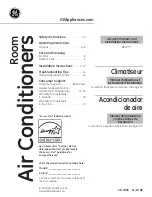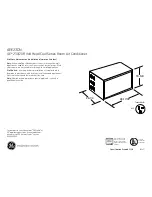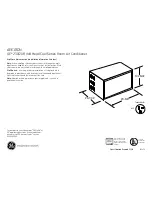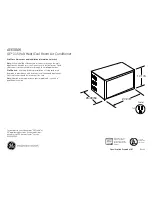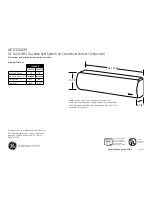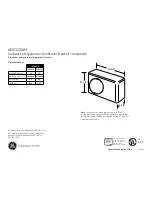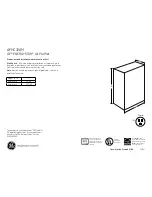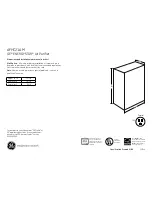
54
CAUTION
!
●
Isolate and protect the gas side stop valve, and do not directly charge to the gas side stop valve (see
Figure 8.1).
●
Before charging, ensure that the electronic expansion valve of the indoor unit is in the open state.
Make sure that the piping is connected with the indoor unit.
●
Gas side stop valve and low pressure pipe welding joints cannot be detected by air tightness to
confirm whether leakage occurs, pay attention to welding quality during welding operation.
8.2 Vacuum
(1) Connect the regulating valve and the vacuum pump to the liquid side stop valve detection joint.
(2) Vacuuming for 1 or 2 hours to create vacuum space until the pressure reaches -0.1MPa (-756 mm
Hg) or less. After the vacuuming finished, close the valve of the regulating valve. Stop vacuuming
and hold for 1 hour. Make sure that the pressure on the regulating valve does not go high.
(3) After vacuuming, tighten the inspection joint valve cap of liquid side stop valve torque: 14-18 N●m.
Prompt:
1. In case of direct touch with the new refrigerant R410A, use specified tools and instruments.
2. If the pressure for vacuum cannot reach - 0.1MPa (-756mm Hg), indicates that there may be leakage.
In this case perform leakage detection. If there is no leakage, pump for 1 or 2 hours to create vacuum
space.
NOTICE
●
Apply thermal insulation to the refrigerant
pipes as shown in Figure 8.2. After completion
of piping connection, use field supplied
insulation material to apply thermal insulation
to the gas pipe, liquid pipe and check joint,
connecting part such as connecting nut, etc.,
and use adhesive tap to wrap the exterior
surface of them so as to prevent heat loss
and condensation on the pipe surface.
Stop valve
Insulation material
(field-supplied)
Refrigerant pipe
(field-supplied)
Figure 8.2

































